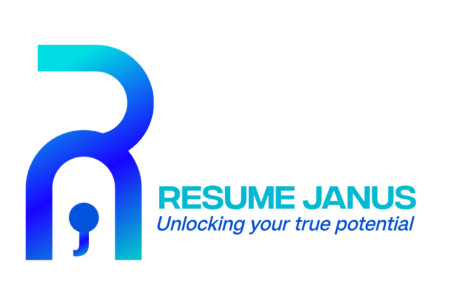In today’s fast-paced recruitment market, recruiters are not going to spend a lot of time reading each resume and might take just 6 seconds before deciding whether it gets sent along to the next level of hiring. The 6-Second Resume Test is very much real and even more important now because of the rising competition and changing job demands.
So, how can your resume catch attention at first glance and sustain its intactness in 2024?
This blog focuses on some of the most important strategies to help you stand out in those critical 6 seconds.
What Is the Six-Second Resume Test?
This is known in the hiring industry as a six-second resume test; it shows just how fast a recruiter does assess the resume. Although recruiters don’t have time for long paragraphs or dense text, they need to spot key qualifications in the shortest time possible. It’s in light of this that finding a way to properly organize your resume and give importance to important details will put you in the best chances of passing this test.

Here’s how you can structure your resume for an impression you’ll want to last within mere seconds:
How to Pass the Six-Second Resume Test
Getting past the six-second scan requires careful formatting and strategic content placement. The following steps will help you pass this test with flying colors.
#1. Use a Reverse-Chronological Resume Format
The reverse chronological format puts the most current experience at the top so a recruiter can quickly get a feel for where you are with your current skills and relevant experience. This is familiar to everyone, therefore also enabling the resume to be scanned for career trajectory on the fly. Avoid functional or hybrid formats unless you’re really transitioning careers, as these can disrupt the flow and confuse the reader.
#2. Perfect the Layout
An organized layout is key to readability. Be consistent with margins, headers, and font size throughout the document. Employ bold headings for each section, and use white space enough to prevent overcrowding. A professional font such as Arial, Calibri, or Times New Roman in a readable size such as 10–12 pt is the best. It may make a cursory glance change into a read with a little more consideration.
#3. Tailor to the Job Description
The one-size-fits-all resume is dead. Customize each job posting and write in a resume that reflects the most valuable skills and experiences for that position. Make sure to emphasize them at the top in the summary or skills section so the recruiter can get a quick glance of the same. This also showcases a detail-minded approach and a proactive attitude—always two qualities a hiring manager will appreciate.
#4. Use the Right Professional Title
The very top title on your resume is the first thing most recruiters will look at. It should be relevant to the job you are applying for. That right away shows it is parallel to the job for which you are applying, as well as telling the reader that you are aware of the role you are being applied for. Avoid using any unclear titles; you want the titles to be clear and transparent.
#5. Mention Your Years of Experience
Your years of experience indicate the depth of your expertise, so make this information easy to find. Typically, it works well in the professional summary or right beside your job titles in your experience section. Whether you have 3 years or 15, make sure this is visible to reassure recruiters you have the appropriate experience for the role.
#6. Leverage Bullet Points
Bullet points allow recruiters to scan key achievements quickly and enhance readability. Use them in your experience section to list accomplishments, responsibilities, or notable skills. Each bullet should be concise and impactful, ideally under two lines, to maintain attention. Aim to prioritize results-oriented achievements to make a strong impression.
#7. Quantify Your Achievements
Quantifiable achievements make your resume stand out by showing results rather than mere responsibilities. For example, rather than saying “managed marketing campaigns,” say “increased conversion by 35% through optimized marketing campaigns.” Such numbers work to help the recruiter see how your work will actually be able to contribute to their organization’s goals.
#8. Highlight Relevant Skills
The skills section should be tailored to each job application. Focus on hard skills that match the job requirements and list them prominently. Avoid filler skills and list technical skills, certifications, or industry-specific knowledge that will make you an asset in the role. This is a powerful way to ensure your qualifications match what the recruiter is searching for.
#9. Include External Links
Providing links to a LinkedIn profile, personal website, or portfolio can offer recruiters more context about your skills and background. These links add value and allow recruiters to explore your work further, especially for creative, IT, or digital roles. Make sure any links are up-to-date and lead to relevant, professional content that reinforces your resume.
Conclusions
Passing the six-second resume test requires a combination of good formatting, precise language, and strategic placement of key information. Remember these essentials to ensure your resume is a recruiter’s favorite:
- Use a clear, reverse-chronological format to make recent experience visible.
- Perfect the layout for quick readability and visual appeal.
- Tailor your resume to each job for relevance and focus.
- Provide a clear title and mention years of experience.
- Use bullet points and quantify achievements to capture attention.
- Highlight skills relevant to the role and include links for additional insights.
By following these strategies, you can increase your resume’s chances of passing the six-second test and landing you the interview opportunity. A well-structured resume tells your career story effectively, making it easy for recruiters to see your value instantly.


